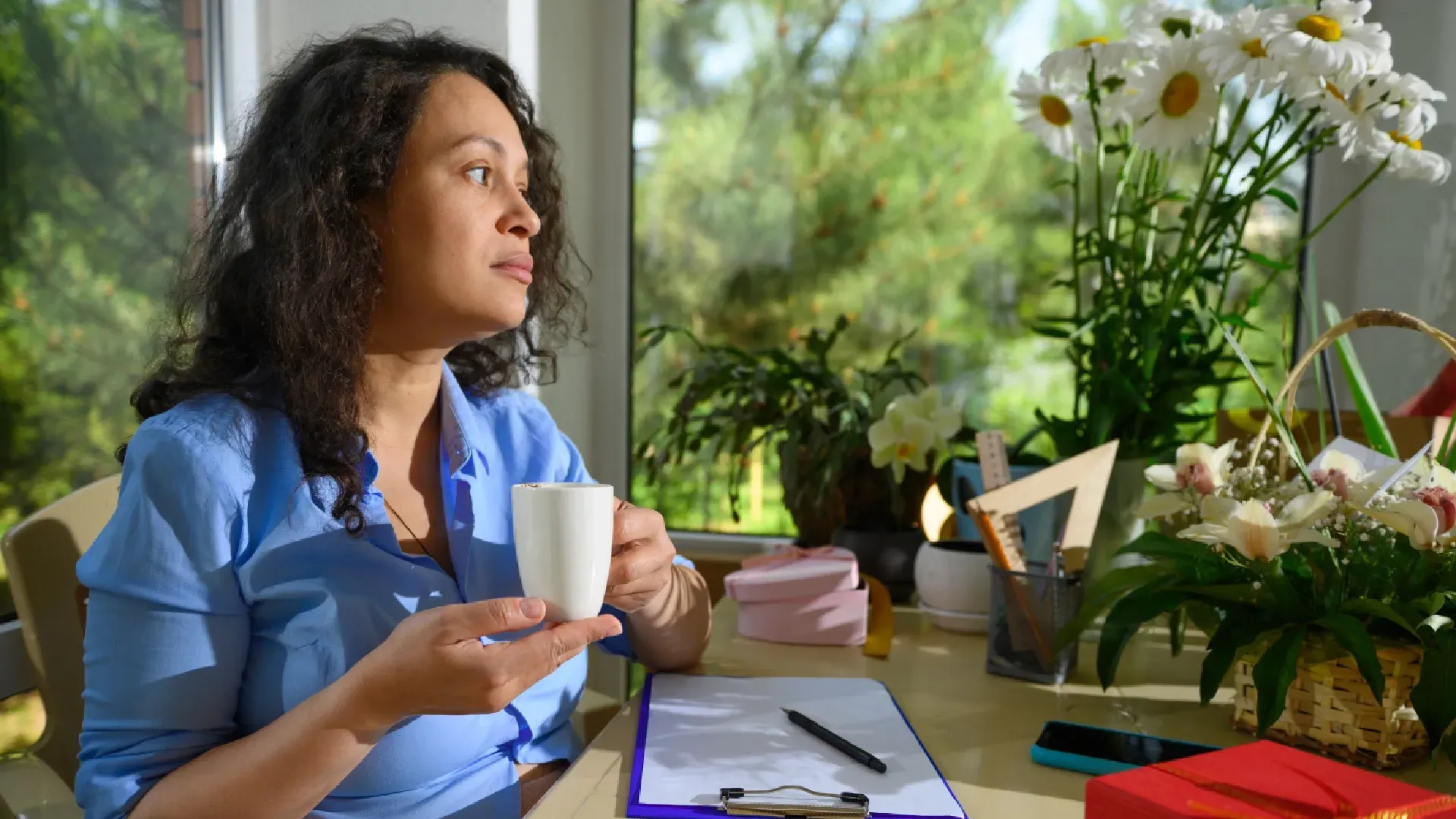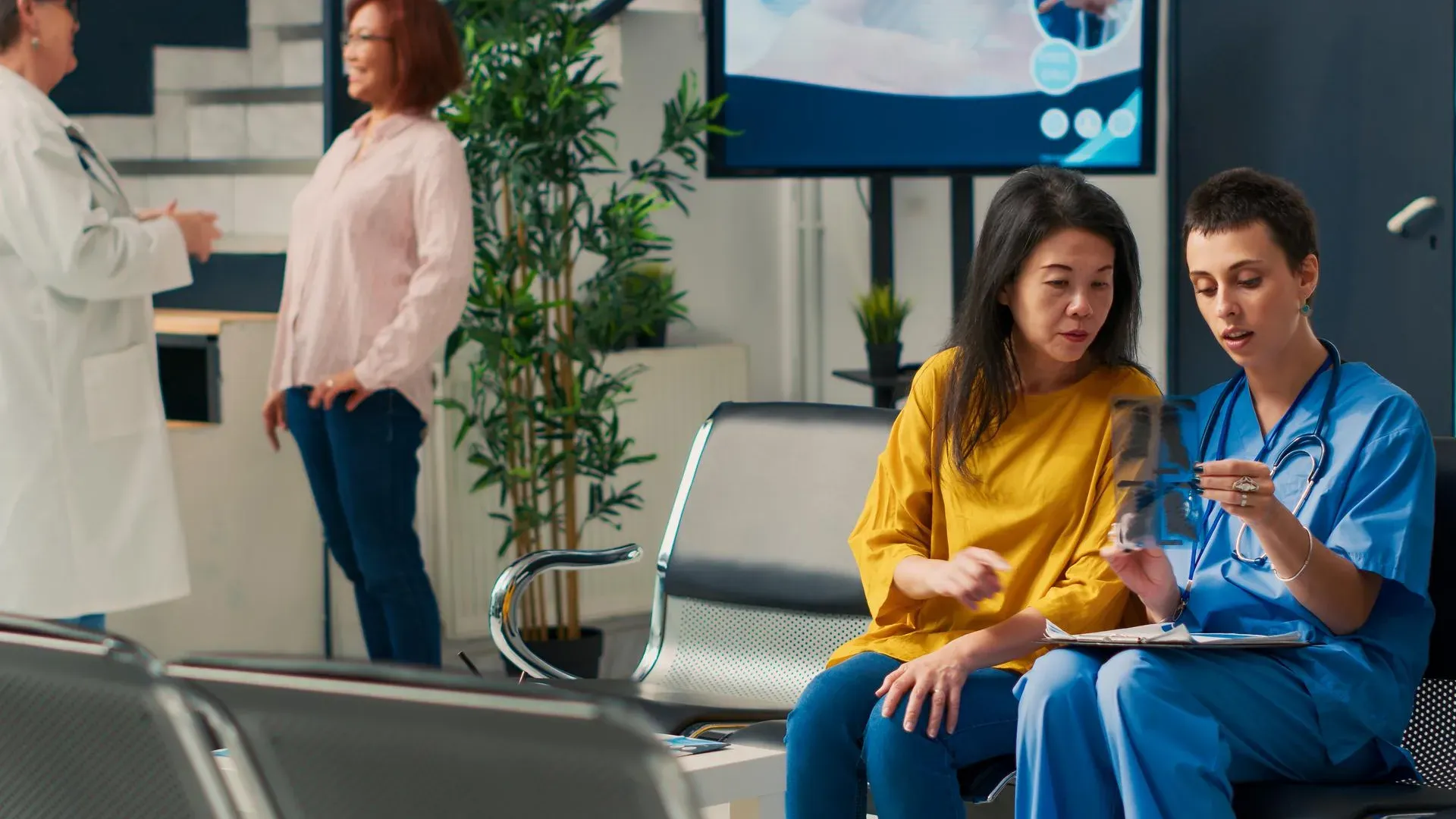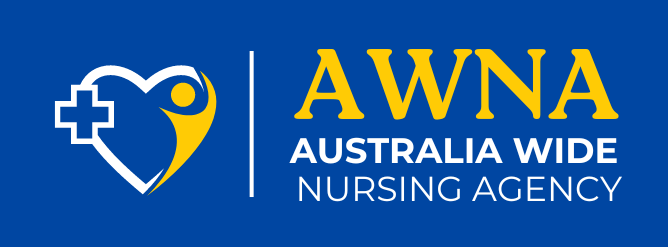How Technology Is Transforming Aged Care Staffing in 2025
The aged care sector is undergoing a massive transformation in 2025, driven largely by advancements in technology. From improved nurse scheduling to real-time patient monitoring, technology is reshaping how aged care facilities manage their staff and deliver care. Innovations in healthcare recruitment software, smart rostering tools, and telehealth platforms are not only enhancing patient outcomes but also streamlining staffing operations, increasing efficiency, and improving the quality of care.
At Australia Wide Nursing, we understand that these technological developments are crucial in meeting the challenges of a rapidly ageing population and the growing demand for aged care services. Let’s explore how technology is changing the landscape of aged care staffing in 2025.
1. Smart Rostering and Scheduling Tools
Traditionally, scheduling and rostering were tedious tasks, often relying on manual systems prone to errors. In aged care, where staffing levels are critical for patient care, any mistakes in shift assignments can lead to understaffed shifts and increased workloads for nurses.
In 2025, smart rostering tools are becoming increasingly prevalent in aged care settings. These systems utilise advanced algorithms to optimise staffing schedules, ensuring that shifts are filled with the right mix of skills and experience while adhering to labour laws, shift limits, and facility needs.
By automating these processes, agencies like Australia Wide Nursing can provide a faster, more accurate staffing service to clients. Smart rostering also enables real-time updates for nurses, allowing them to receive shift changes or notifications directly via their mobile apps—eliminating confusion and reducing scheduling conflicts.
For aged care facilities, this means improved staff satisfaction and a reduction in administrative burdens. Nurses can enjoy a more balanced work schedule, while facilities benefit from enhanced operational efficiency.
2. Telehealth: Enhancing Remote Care and Communication
Telehealth technology is becoming increasingly vital, especially in aged care settings where many patients are frail and unable to travel easily. Remote consultations with healthcare professionals allow for timely interventions and continuous monitoring without requiring the patient to leave their home or facility.
In 2025, telehealth systems are integrated with aged care staffing solutions, enabling real-time consultations between patients, nurses, and doctors. This technology allows nurses to communicate with doctors, arrange virtual check-ups for patients, and manage care more effectively without needing to wait for in-person visits.
This capability not only improves patient outcomes but also optimises staff workflows. For instance, a nurse can quickly seek a second opinion or clarification during a home visit or while working in a facility, reducing the need for multiple physical appointments. Moreover, telehealth tools support remote monitoring of patients, helping nurses track health metrics like blood pressure, glucose levels, and oxygen saturation—providing actionable insights that inform patient care.
For healthcare agencies, this technology streamlines communication between nurses and clients, allowing agencies to manage staffing remotely, track nurse performance, and ensure patient satisfaction even in distant locations.
3. Mobile Apps and Cloud-Based Tools for Improved Communication
Communication is at the heart of effective healthcare delivery, but traditional methods—phone calls, paperwork, or face-to-face meetings—can be time-consuming and prone to errors. Today, mobile apps and cloud-based communication platforms are revolutionising how aged care facilities manage staff, clients, and patient care.
These apps enable real-time communication between aged care agencies, facilities, and nursing staff. Nurses can access patient records, update care notes, and receive notifications all in one place. Additionally, cloud-based platforms ensure that all information is securely stored and can be accessed from anywhere, making it easier for agencies to track staffing performance and ensure compliance with regulations.
For aged care providers, mobile apps reduce administrative delays, improve communication with remote teams, and provide better oversight of patient care. Facilities can instantly alert nurses about last-minute changes, while nurses can request support or escalate issues without the need for a face-to-face meeting.
4. Data-Driven Staffing Decisions with AI and Analytics
In 2025, artificial intelligence (AI) and predictive analytics are helping aged care facilities and recruitment agencies make more data-driven decisions about staffing. By analysing historical staffing data, AI can predict when staffing shortages are likely to occur and automatically recommend adjustments to schedules. These systems can also evaluate the skill set of individual nurses and match them with patient needs, ensuring that only qualified professionals are assigned to certain roles.
Moreover, predictive analytics can help agencies understand staffing trends, such as peak demand periods and fluctuations in patient care needs. These insights help agencies optimise recruitment efforts, ensuring that they always have the right number of nurses on hand at any given time.
For Australia Wide Nursing, leveraging AI-powered insights allows us to provide more accurate and responsive staffing services, reducing wait times for clients and improving the overall care experience.
5. Ensuring Compliance with Healthcare Regulations
The Australian healthcare sector is highly regulated, with strict rules governing nurse-to-patient ratios, safety protocols, and quality of care. Ensuring compliance with these regulations can be challenging, especially in the fast-paced environment of aged care.
Technology is making it easier for aged care providers to stay compliant. Automated reporting systems can track staffing hours, monitor safety standards, and ensure that all care documentation is properly completed. These tools reduce the risk of human error and help facilities avoid costly penalties for non-compliance.
For staffing agencies like Australia Wide Nursing, automated compliance tracking ensures that we provide nurses who meet all required qualifications and training standards, giving our clients peace of mind that they are working with the best and most qualified professionals in the industry.
Conclusion
The integration of technology in aged care staffing is reshaping the way agencies and healthcare providers approach nurse recruitment, scheduling, and patient care. From smart rostering tools to telehealth platforms and mobile apps, these innovations are not only improving patient outcomes but also increasing operational efficiency for aged care facilities.
As Australia Wide Nursing Agency continues to embrace these technological advancements, we remain committed to providing exceptional care and high-quality staffing solutions across Queensland, Victoria, and Western Australia. By keeping pace with these changes, we ensure that our clients receive the best possible care while supporting our nursing professionals with the tools they need to succeed.
In 2025, technology will continue to drive the future of aged care, and we’re here to lead the way.












